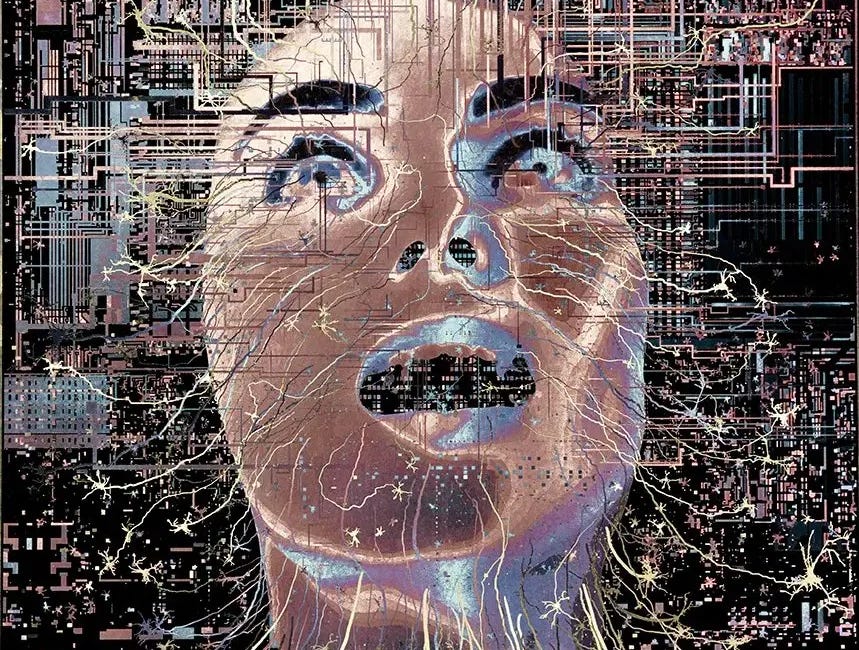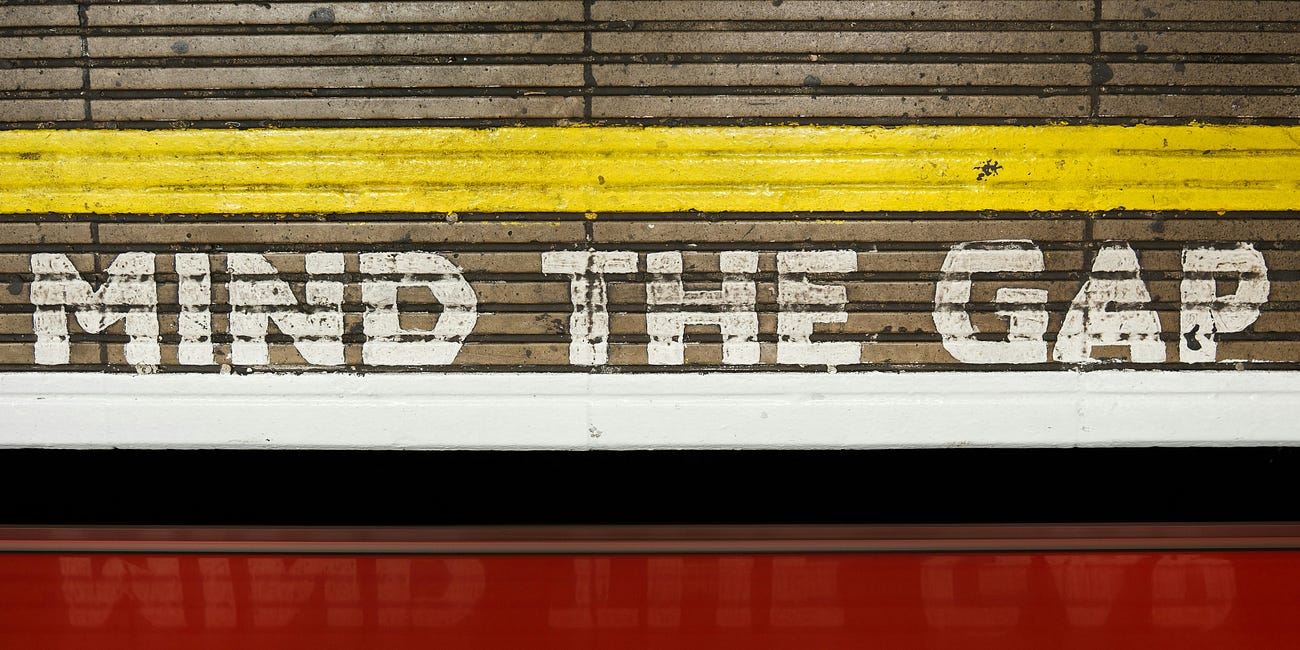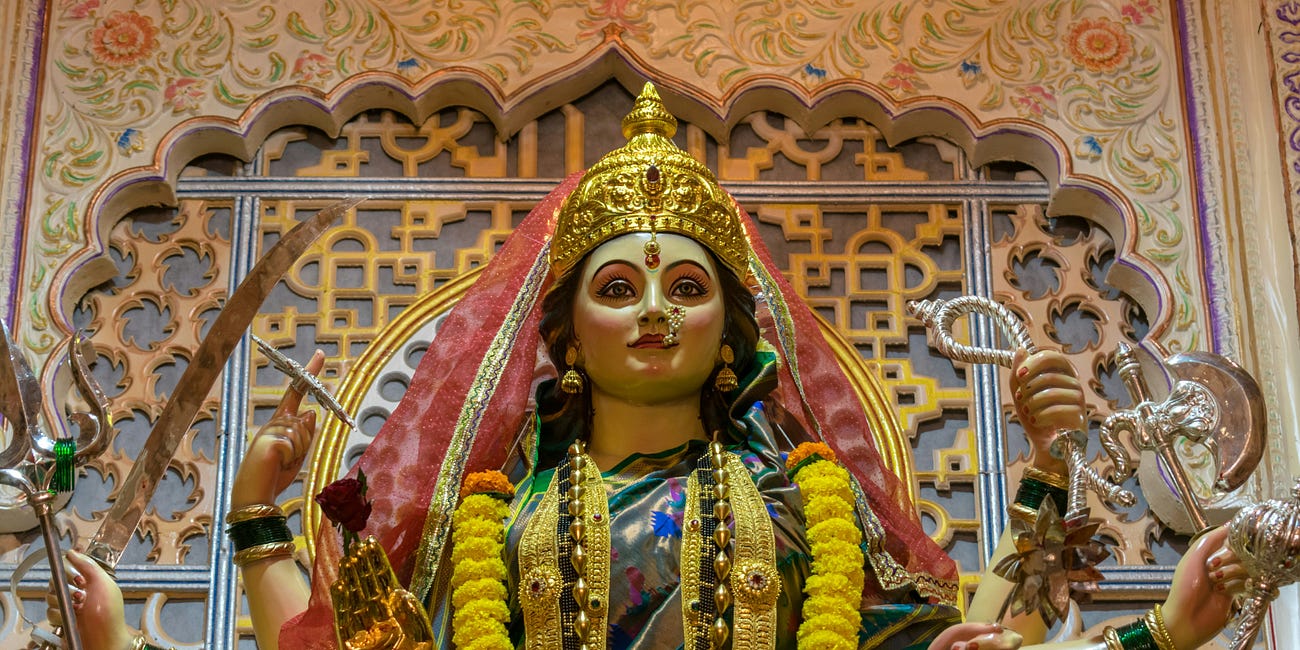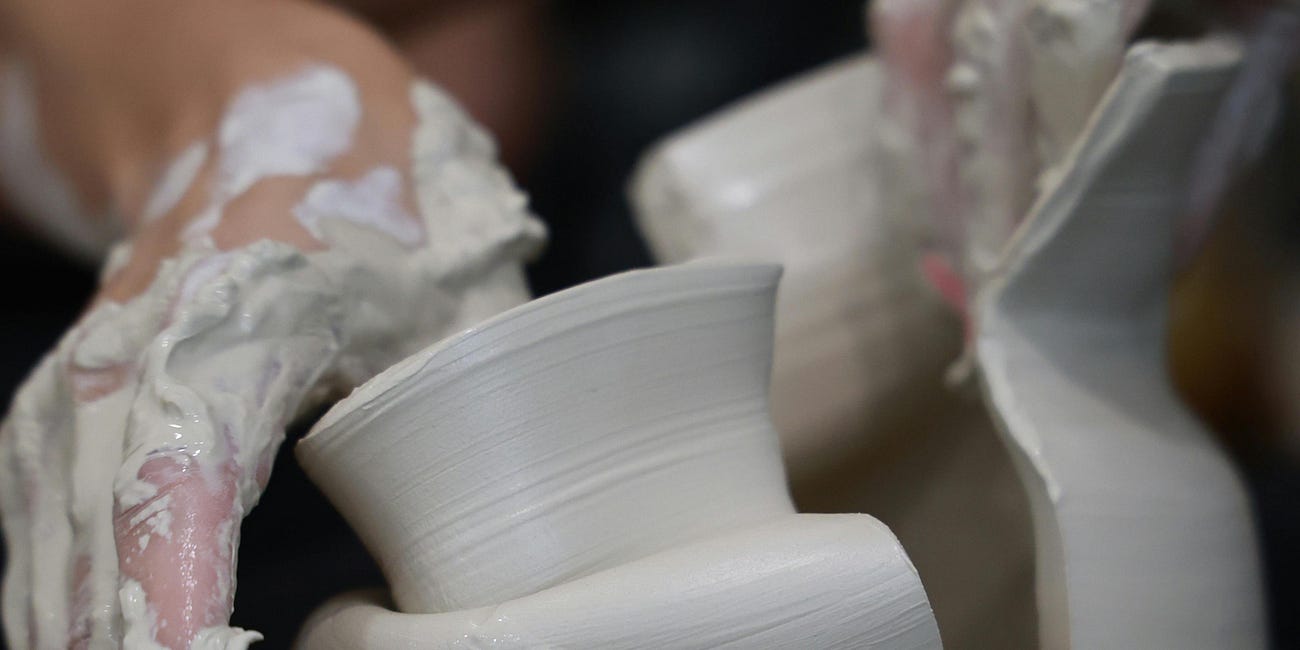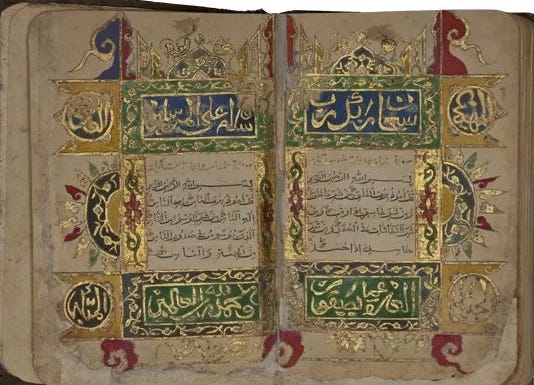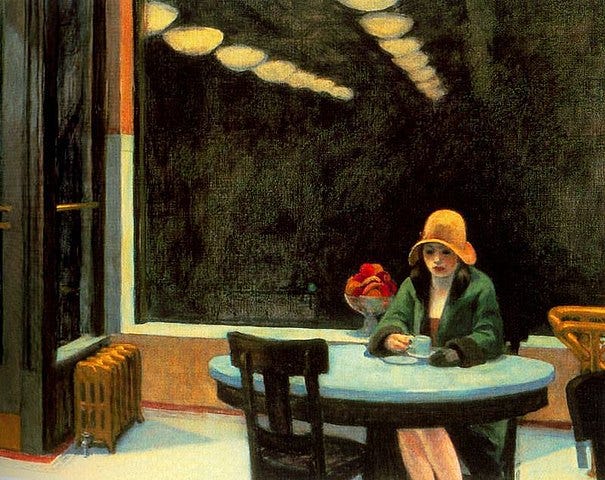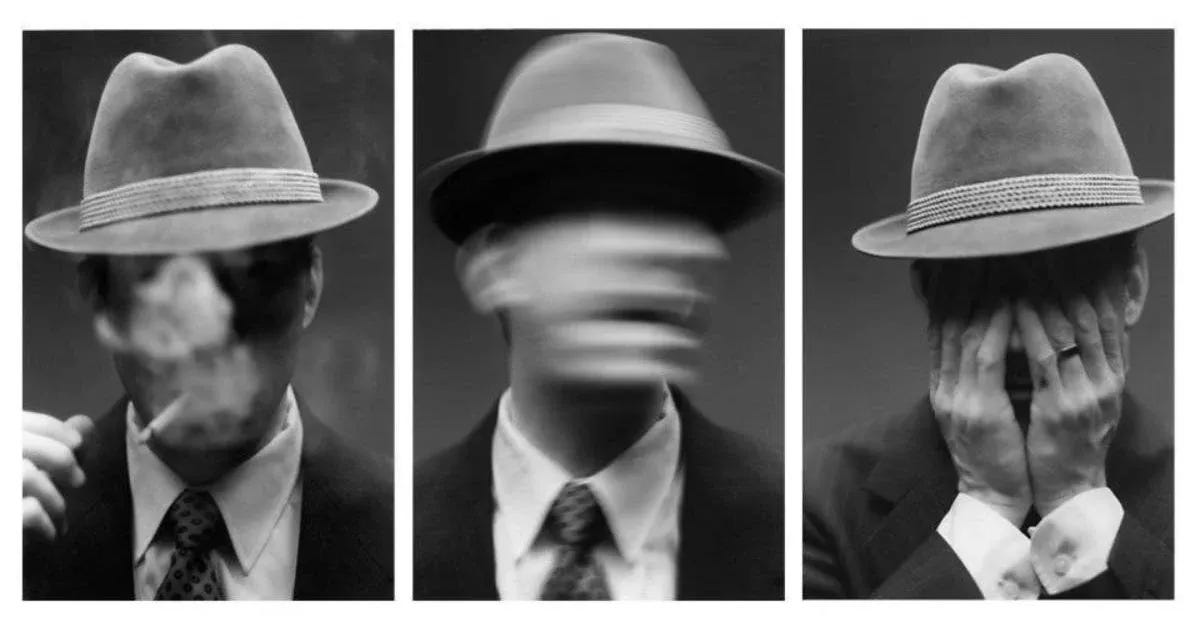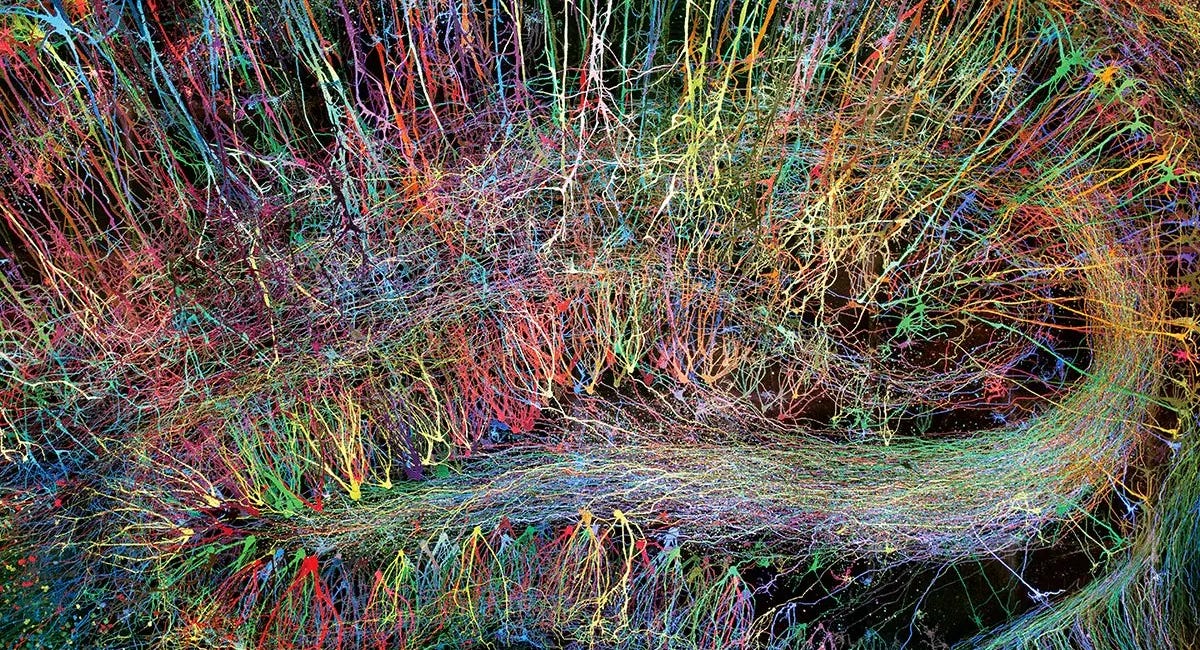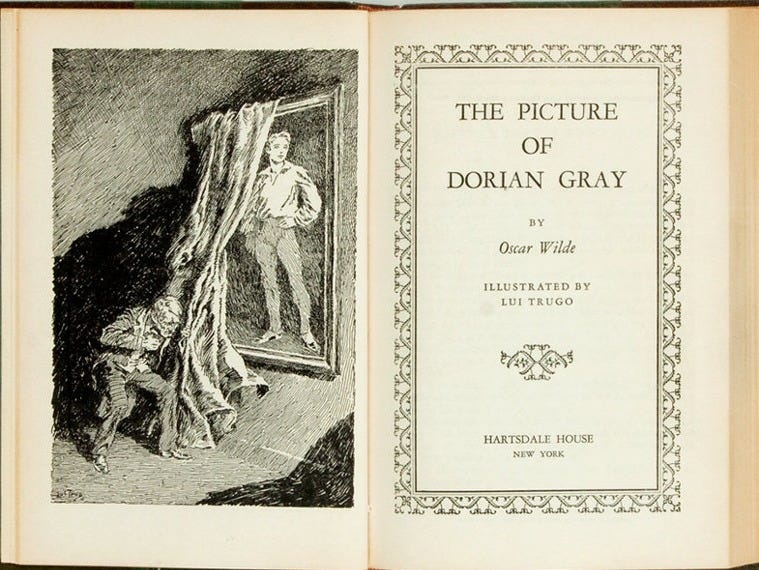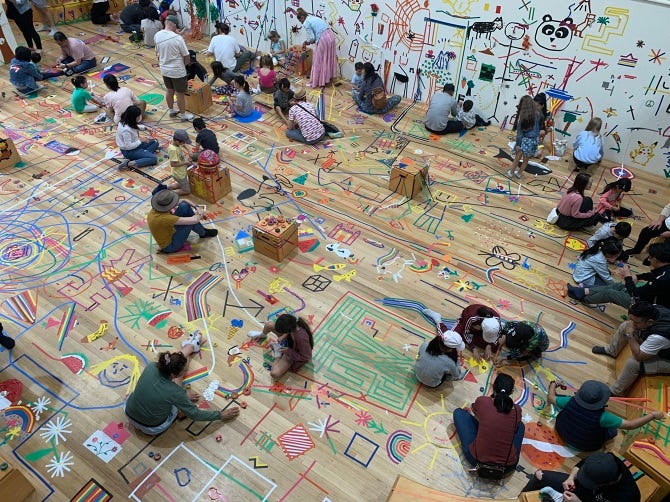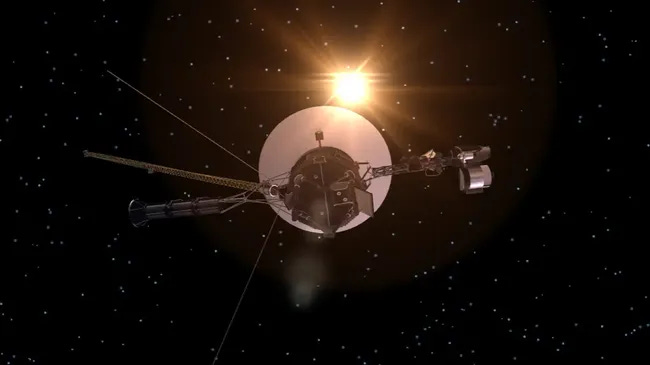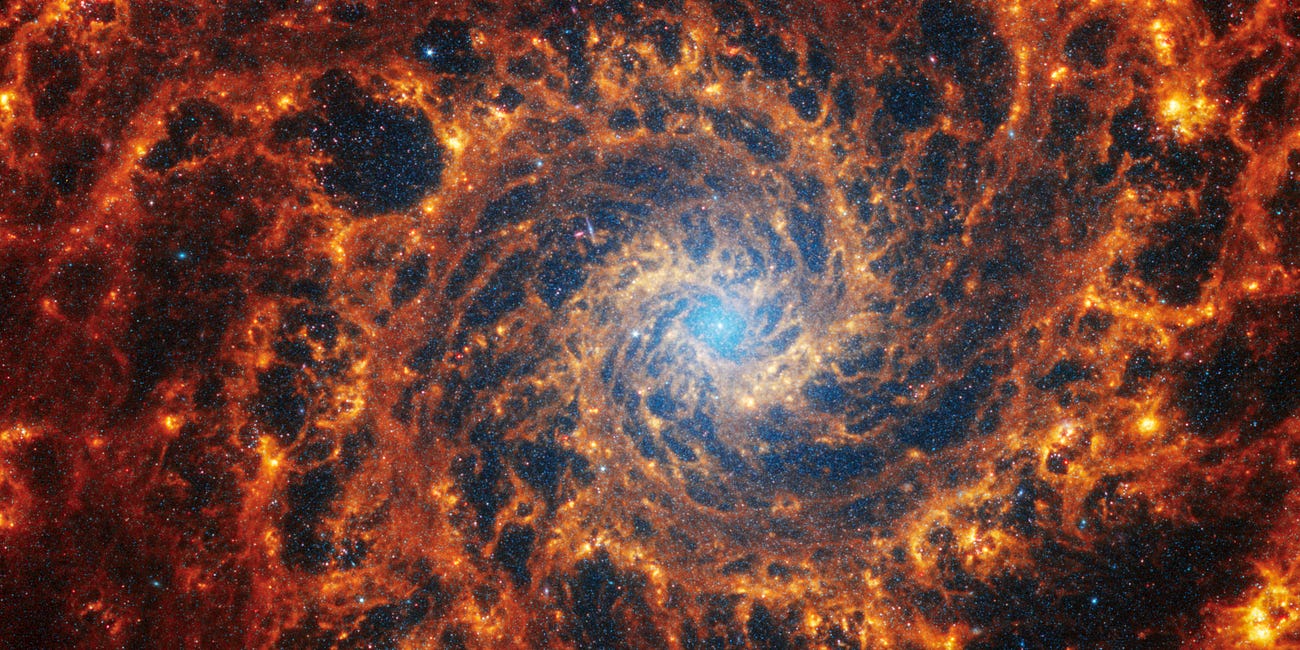Mapping Wholeness: (A Review of the Series)
Over the course of this series, we have charted a map of wholeness – not as unattainable perfection, but as integration of our many faculties of being. Each part of our journey illuminated a different aspect of our humanity, each a thread in a tapestry. Let us recall the path we’ve traveled:
Wonder: In the beginning, we embraced curiosity and awe, recognizing complexity not as chaos, but as a source of endless questions and marvels. Wonder opened our minds like a night sky full of stars, reminding us that the unknown is not an enemy but a friend of growth.
Embodiment: We reconnected mind and body, discovering wisdom in flesh and feeling. We learned that to be whole, we must come home to our bodies, to senses, to breath, to the simple miracle of standing on the earth.
In a world split by overthinking, we reclaimed the grounding truth that we are nature, bone of its bone, blood of its blood.Multiplicity: We celebrated the multi-modal power of perception and cognition. Through Part 3’s lens, we saw that knowledge is richest when all our senses and modes of understanding collaborate. Sight, sound, touch, imagination, reason –when working in concert– become a symphony of insight, translating sensory experience into wisdom.
COMPLEXITY - PART 3:
·You may remember from middle school biology that mitochondria are called ‘the powerhouse of the cell’ — converting oxygen into energy.
Experience: We remembered that learning and becoming are iterative.
In learning by doing, in trial and error, in play and practice, we saw how creation and understanding arise hand in hand.
The act of making –whether a meal, a piece of art, or a new solution– taught us that each small experiment is a step in our unfolding, and that mastery is a dance of persistence and openness.Expression: We entered the primordial campfire circle of language and art. We found that art and storytelling are twin languages of the soul –that to name the world is to better know it, and to craft beauty is to honor life.
Part 5 reminded us that creativity bridges the inner and outer worlds: when we speak, paint, sing, or dance, we translate aliveness into shareable form.Reflection: We turned inward to the realm of metacognition, learning to observe our own thoughts and assumptions. By thinking about thinking, we gained the freedom to change our minds, to “post-think” and reconsider.
In that reflective pause, we cultivated understanding and empathy—for ourselves and others—realizing that awareness of our own mental patterns is the beginning of wisdom.Creativity: We discovered art not just as product, but as method –a way of learning, becoming, and being. Embracing uncertainty and improvisation, we treated life itself as a creative act. In Part 7’s spirit, we learned to approach each day with the artist’s mindset: curious, open to surprise, willing to experiment and find meaning in both success and failure. Every conversation, every problem, every moment can be a canvas.
Conscience: We confronted moral complexity and the call of conscience. Part 8 guided us through the nuanced landscape of values and ethics—seeing that good and evil are seldom simple. We found hope in rational thinking paired with compassion, echoing Bertrand Russell’s insight that “the good life is one inspired by love and guided by knowledge.”
We learned that moral vision means holding multiple truths in tension and responding with empathy, courage, humility, and humanity.Integration: Finally, we glimpsed the holistic view—the weaving together of all these faculties into wholeness. In Part 9, we saw that a life of complexity does not mean disarray but rather integration: aligning mind and body, intellect and emotion, self and community, and humanity and nature. Wholeness, we learned, is not a state of flawlessness but of humming harmony—a dynamic equilibrium of our many parts, continuously realigning like a compass to true north.
Each of these insights forms a contour on the map of being fully human. Wholeness emerges as we integrate perception and imagination, action and contemplation, love and reason. We carry forward the understanding that to be whole is to be many things, whether mis- or well-aligned.
The journey so far has been about reclaiming those scattered pieces of ourselves and our knowledge and seeing them as one brilliant, complex whole—a unity in diversity. And now, in this culminating part, we gather these threads to reclaim our wholeness through Art & Being, stepping into our role as caring stewards of a fragile world.
Wholeness is integration, not perfection.
As we prepare to move beyond this series, let this be clear: we are not summoned to be flawless but to be fully woven—to recognize all the strands of our humanity and braid them into a life of meaning. With that map of wholeness in heart and hand, we venture into the living world to practice what we have learned.



